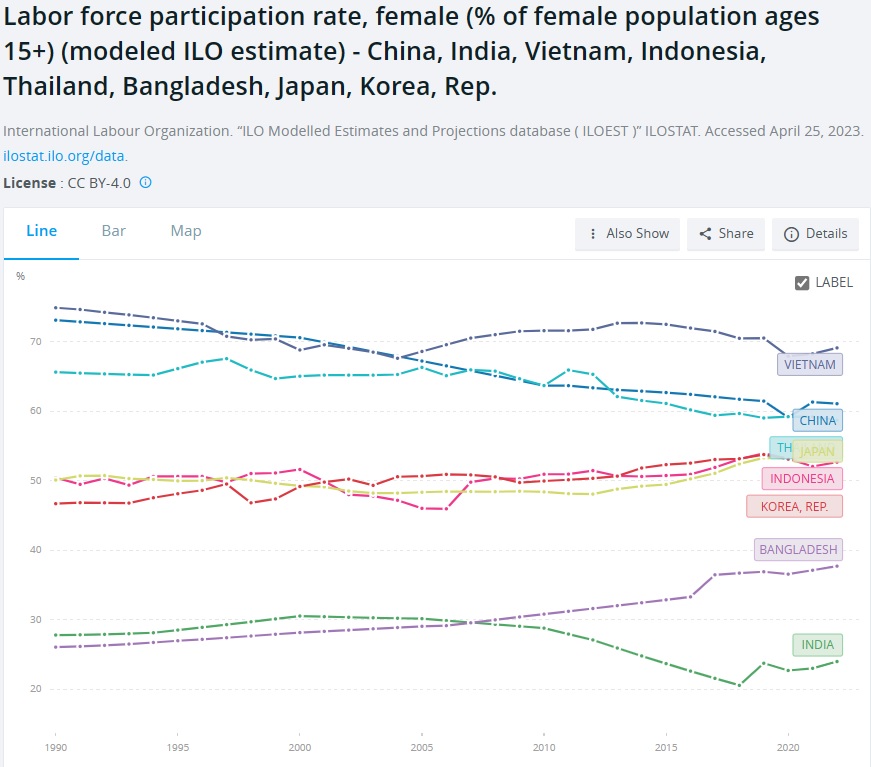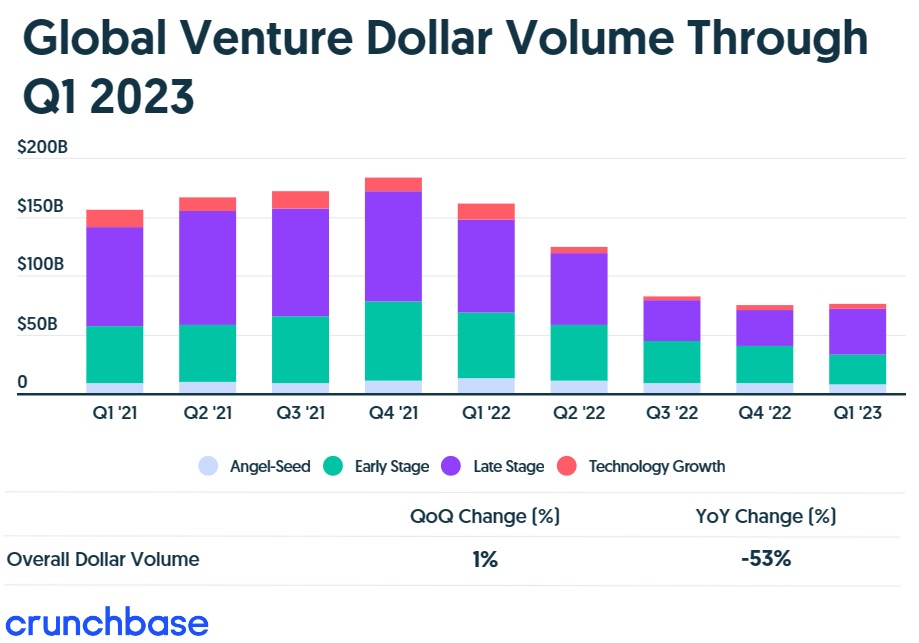Given our experience of recent years, we’ve become increasingly convinced/worried that if there is a God, it is likely to be a cat. The International Need to Know spouse and I have discussed on more than one occasion that we hope how well we’ve treated our cats will bear well on how we do during our life review in front of the Great Feline in the Sky. On the other hand, when our cat Willow is upset with us, whether for not providing enough food (believe us, she receives plenty) not tending to her every need when she is awake (whenever she gets out of her little heated bed—we told you we spoil her—she immediately demands we pet her or allow her to sit on our laps, no matter what else we happen to be doing at the time), or whenever we pull out the vacuum, we wonder if Willow fills out a report about our behavior.
We received more proof of the possible/likely cat divinity when we came across the below video (thanks @ilmfeed) of a cat demanding attention from an Imam who was leading prayers in a mosque. The Imam is surely in good stead with Allah with his calm, cool, collected prayers despite the cat crawling over, under and around him. And perhaps even a possible cat deity was impressed with the Imam’s dedication. Of course, as impressive is the cat’s dedication to demanding attention from the Imam. We leave it to theologians to figure this all out while we ask where are India’s female workers, examine a worrisome factor in the world economy and say “not so fast” on China export numbers. It’s this week’s International Need to Know, up on the Cripple Creek of international information, holding all The Weight of international data.
RIP to Robbie Robertson. A few years ago we highlighted Playing For Change’s reworking of his classic song, The Weight. Watching this video will be the best five minutes you spend today.
We’ll be at baseball supreme courts, shoe companies and apple orchards so no INTN next week. Back on August 24th
Without further ado, here’s what you need to know.
Where Are India’s Women Workers?
We have not yet read Ashoka Mody’s book about India but a graph from the book about how badly India does in terms of female labor participation keeps cropping up in our various social media timelines (along with cute kitten videos and people still questioning vaccines. Do anti-vaxxers get their pets rabies shots?). Using World Bank data, we add some additional countries to the ones Mody includes, a chart of which you can see below. Essentially our chart includes old Asian tigers, China, and up and coming markets in Asia. India’s female labor participation is far lower than any of these other countries. We are not an India expert (we’re trying to catch up given its increasing importance in the world) so cannot offer any erudite analysis for India’s failings here. But it is striking. It is also interesting that Vietnam, where we’ll be headed to again this fall, has the highest female labor participation of these countries. Japan has been increasing its percentage as have Indonesia and South Korea. Given the aging demographics data we displayed last week, these countries are going to need all the workers they can get so we expect female labor participation to continue to increase. But what of India? Why is it so much lower?
Factors Hurting the Global Economy
We knew venture capital was down in the U.S. affecting Silicon Valley, Seattle and other tech hubs, but it’s also fallen globally. As you can see in Crunchbase’s chart below, global venture volume is down 53 percent year on year. This is worrisome not just for business formation and survival but for continued innovation going forward. And innovation is needed to increase productivity. Last year saw a 0 percent increase in productivity globally. This year it appears we’re going to get just over 1 percent increase in productivity which is well below trend of the 2.6 percent annual productivity increases of the last few decades. Without productivity increases and with many countries’ populations decreasing that means economic growth will be low too. Remember that economic growth comes from population and productivity increases. Maybe advances in AI will increase productivity. We better hope so or we’ll be living in a static world.
China Corner: Is China Really Exporting Less to the US?
The Washington Post has a long and interesting article about trade numbers showing “U.S. imports from China were down 24 percent from the same period one year ago.” But as we’ve written here numerous times and said in numerous speeches, we need a Sabermetrics revolution for international trade data. Most international trade statistics you see in the news today are the equivalent of ERA and batting average in baseball, at best providing an incomplete picture of what’s really going on and often misleading. That being said, we have noted since late 2022 that people are not processing how much the effects of China’s Zero Covid policy affected international businesses. Repeated shutdowns made doing business in China unreliable. And crackdowns by the Chinese government on whole industries as well as raids of foreign companies only added to the uncertainty. We saw a real change in business people’s attitudes about doing business in China towards the middle of 2022. It takes a while for worries to translate into action but towards the end of 2022 we saw more and more announcements by businesses, including Apple, of moving part of their supply chain out of China. So it is true that more products are being assembled in Vietnam (and other countries) but China is also increasingly providing more components than they did 10 years ago. So even as we saw imports into the U.S. from Vietnam increase (and now seeing Chinese imports decrease) that’s not an accurate picture of how much the supply chain is diversifying. We do think we’ll see a continued diversification out of China but current non-sabermetric trade data is not really telling us how much has occurred yet.
The invaluable Brad Setser–a proto Bill James of trade data–explains more the complications of taking the released trade data at face value in this very helpful Twitter/X thread.




